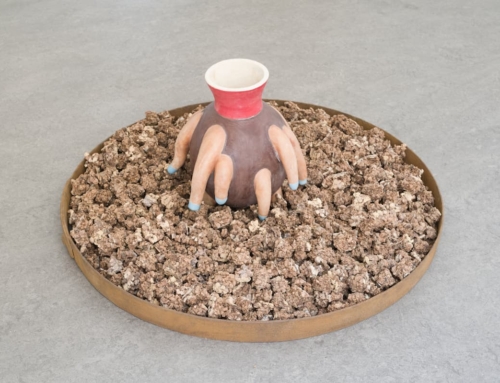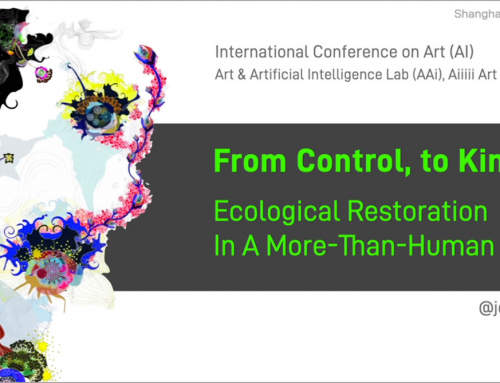In an excellent piece in Metropolis , Peter Hall argues that “design schools need to rethink how they teach product design.” The subject is booming, Hall writes, and yet the world is filled with terrible products: cars that kill two people every minute; airport X-ray machines that consume more time than Tardis, and designer trains that are less reliable than the ones thay replaced and cost four times as much to ride.
Hall observes that design schools are responding to the crisis in three ways. Some are positioning product design as “a business(week)-friendly, innovation-focused process (IIT and Stanford); others focus on research rather than form-making; a third group produce sexy imagery of objects that are often more hypothetical than manufacturable”. These conceptual products don’t guarantee an income, Hall concedes, but – like paper and digital architecture – can sometmes stimulate fresh thinking.
A fourth new approach to product design, for Hall, is “to shift gears to mapping those object-producing systems and using the data, arrayed in compelling visual form, to drive design change”. That approach is evident in the service design sector; “opportunity maps” (a term I believe was first used by E-Lab ten years ago) are becoming a powerul way to help multiple disciplines work together. Interestingly, many of the best service desgners began life as product designers: their instinct is to make services work well, not just look good.
The above illustraton to Hall’s piece, which I borrowed from Metropolis, is by Martin Lorenz. It’s beautfully done, but I don’t buy the way it puts designers at the centre of multiple systems and flows. Design thinking is key in the transition to a One Planet Life, but it won’t all be done by laptop-toting Designers.





